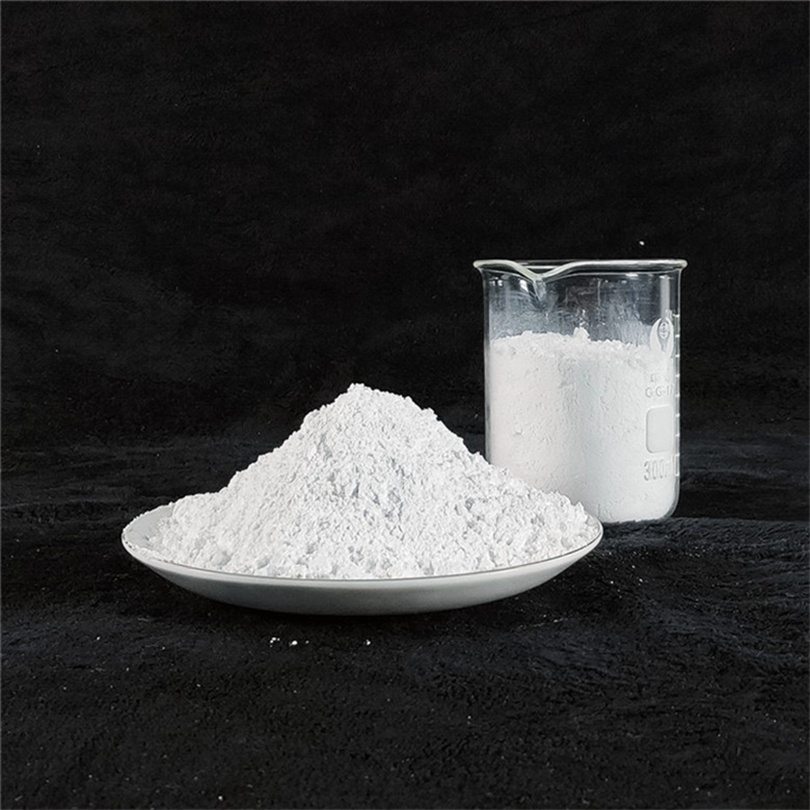How Does Magnesium Hydroxide Work as a Flame Retardant?
Introduction
Flame retardant Magnesium Hydroxide play a crucial role in preventing or slowing the spread of fire in various materials, from plastics and textiles to construction components. Among these, Flame retardant Magnesium Hydroxide (Mg(OH)₂) has gained recognition as an effective, environmentally friendly flame retardant. But how exactly does it work? This article explores the mechanisms behind magnesium hydroxide’s flame-retardant properties, its advantages, and its practical applications.
Mechanisms of Magnesium Hydroxide as a Flame Retardant
Magnesium hydroxide functions as a flame retardant through three primary mechanisms:
1. Endothermic Decomposition (Cooling Effect)
When exposed to high temperatures (typically above 340°C), Flame retardant Magnesium Hydroxide decomposes in an endothermic reaction, absorbing a significant amount of heat from the surrounding environment. The chemical reaction is as follows:
Mg(OH)₂→MgO+H₂O(ΔH ≈ 1.3 kJ/g)
Heat Absorption: The reaction consumes thermal energy, effectively cooling the material and delaying ignition.
Delayed Combustion: By lowering the temperature, the decomposition slows down the pyrolysis (thermal breakdown) of the polymer or substrate, reducing flammable gas release.
2. Release of Water Vapor (Gas-Phase Dilution)
The decomposition of Mg(OH)₂ releases water vapor (H₂O), which plays two key roles in flame suppression:
Dilution of Flammable Gases: The water vapor mixes with combustible gases (e.g., hydrocarbons) released during burning, reducing their concentration and hindering flame propagation.
Oxygen Displacement: The vapor displaces oxygen near the flame, creating a less favorable environment for combustion.
3. Formation of a Protective Char Layer (Barrier Effect)
After decomposition, the remaining magnesium oxide (MgO) forms a thermally stable, non-combustible char layer on the material’s surface. This layer:
Magnesium Hydroxide for Fire Resistant Cable Acts as a Heat Shield, insulating the underlying material from further thermal degradation.
Magnesium Hydroxide for Fire Resistant Cable Blocks Oxygen Diffusion, preventing sustained combustion.
Magnesium Hydroxide for Fire Resistant Cable Reduces Smoke and Toxic Gas Emissions, making it safer than halogen-based retardants.

Advantages of Magnesium Hydroxide Over Other Flame Retardants
Compared to traditional flame retardants (e.g., brominated or chlorinated compounds), Flame retardant Magnesium Hydroxide offers several benefits:
| Feature | Magnesium Hydroxide (Mg(OH)₂) | Halogen-Based Retardants | Aluminum Hydroxide (Al(OH)₃) |
| Toxicity | Non-toxic, eco-friendly | Releases toxic fumes | Non-toxic |
| Decomposition Temp | ~340°C | Varies (often lower) | ~200°C |
| Smoke Production | Low smoke | High smoke & corrosive gases | Moderate smoke |
| Environmental Impact | Biodegradable, safe disposal | Persistent pollutants | Biodegradable |
| Processing Suitability | High-temperature applications | Limited by toxicity | Lower-temperature uses |
Why Choose Mg(OH)₂?
Mag hydroxide For Fire-retardant Cable Better for high-temperature processing (e.g., engineering plastics).
Mag hydroxide For Fire-retardant Cable More efficient heat absorption per gram.
Mag hydroxide For Fire-retardant Cable Less filler required compared to Al(OH)₃ for equivalent flame retardancy.

